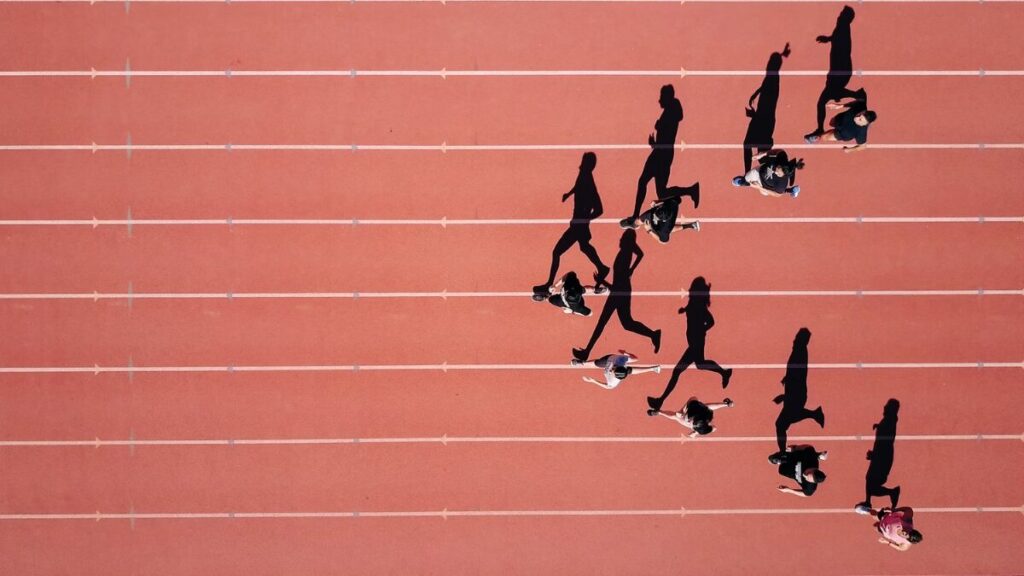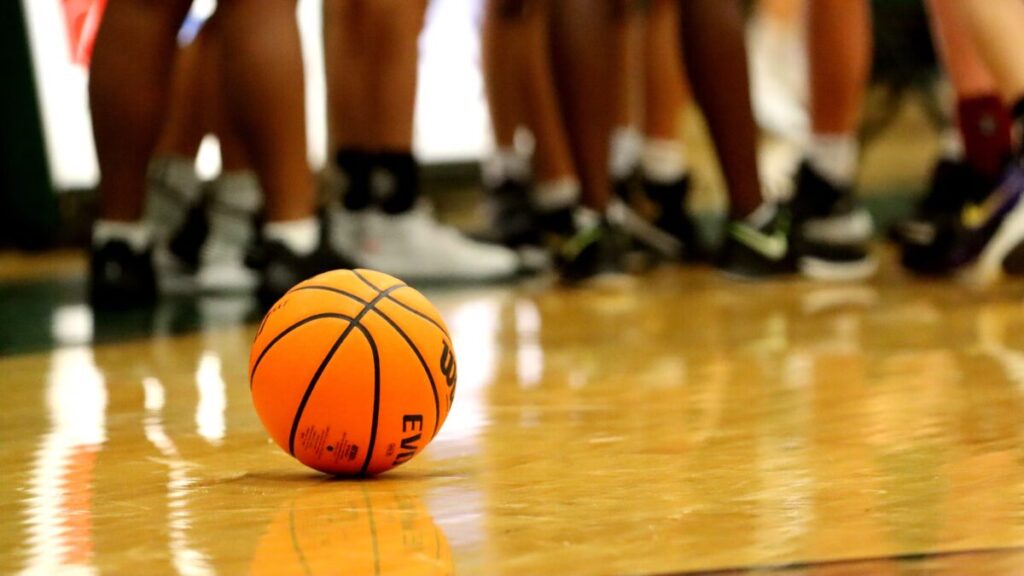The landscape of college athletics has transformed with a pivotal Supreme Court ruling in 2021 that opened the door for U.S. college athletes to be paid. This change has ushered in a new era where companies like McDonald’s, Microsoft, and Amazon can legally tap into the potential of these young sports figures. Notably, this has led to some becoming the highest paid college athletes, with the likes of Paige Bueckers leading the way, potentially earning over $1 million during her college career.
College athletes are attractive partners for brands with their appeal to younger demographics and deep loyalty. Yet, student athletes face the challenge of balancing their newfound roles as influencers with their academic and athletic responsibilities. Here, a paper writing service can be invaluable, offering academic writing help to ensure student athletes can maintain their educational standing while pursuing endorsement opportunities. But how do marketers pick college athlete influencers? In this article, you’ll find out.

How Marketers Pick Highest Earning College Athletes
To find college athletes for brand endorsements, marketers meticulously analyze various factors that signal the potential for wide appeal and minimal risk. The allure of these young endorsers lies in their ability to resonate with a youthful audience, particularly among alumni and local fans. An increasing focus has been placed on the highest paid female college athletes, who represent a growing and influential market segment. Brands also see value in the more cost-effective nature of these deals compared to those with professional athletes, with a view to nurturing long-term relationships that could extend into professional and Olympic realms.
By examining social media behaviors and engagement levels—scrutinizing everything from the tone and content of posts to follower interactions—marketers aim to ensure these athletes embody the brand’s values and can maintain a positive public image. This strategic selection is crucial not only to capitalize on immediate marketing goals but also to mitigate the risks associated with potential misbehavior that could lead to negative publicity.
What College Athlete Makes the Most Money
When exploring college sports, it’s clear that certain athletes stand out not just on the field but also in their pursuits as influencers. The landscape of college athlete influencers has grown significantly, with names like Paige Bueckers and Haley and Hanna Cavinder making headlines. Bueckers, known for her prowess on the basketball court for the University of Connecticut, has captured the attention of major brands like Gatorade, becoming a standout example of a student athlete leveraging her athletic success into substantial earnings. Meanwhile, the Cavinder twins, who play basketball for Miami, have utilized their combined athletic and social media appeal to become top earning college athletes and sign multiple high-profile endorsement deals, including with companies like Boost Mobile and Six Star Pro Nutrition.
These athletes exemplify how the combination of sports performance and a strong social media presence can create lucrative opportunities. Their success highlights a key strategy for marketers: pairing athletic talent with an authentic online persona to engage a broader audience. This dual approach not only boosts the athletes’ visibility but also enhances their appeal to brands looking to tap into the passionate followings of college sports enthusiasts. This trend underscores the evolving dynamics within the sponsorship space.

Personal Brands Over Follower Counts
Contrary to popular belief, having a massive follower count isn’t a prerequisite for college athletes to land significant sponsorship deals. In fact, our research reveals that many athletes endorsed by top brands don’t boast the large followings typical of mainstream influencers. Surprisingly, only a minority, about 29%, possess over 100,000 followers. Whos the highest paid college athlete? The appeal lies not in numbers but in the athletes’ personal brand and what they represent—their character, ethics, and potential alignment with the brand’s values.
In choosing athletes for endorsements, marketers look beyond social media metrics to the core of the athlete’s character, engaging in thorough vetting processes that include reviewing social media content, direct conversations, and even discussions with the athletes’ parents. The focus remains steadfast on the potential reputational impact rather than the follower count. This strategy not only mitigates risks but also nurtures a growing influence as the athletes’ careers advance.
Expanding Beyond Traditional Sports in NIL Deals
Sponsorship in college sports is broadening far beyond the traditional heavyweights of football and basketball. Historically, these sports have dominated in terms of revenue, media coverage, and fan attendance in the United States, leading initial tracking of NIL deals to focus primarily on these areas. However, a shift is noticeable among the top college athletes being chosen for sponsorships. Today, approximately half of the athletes sponsored by the top 100 companies hail from diverse sports such as golf, gymnastics, hockey, lacrosse, and soccer.
This diversity highlights a significant insight: the value of an athlete’s personal brand can transcend the direct financial returns of the sport itself. For instance, Matthew Boling, a track and field star from the University of Georgia, has forged a partnership with Dunkin’ Donuts. His social media strategy showcases not only his athletic endeavors but also his lifestyle, including team training sessions and his Dunkin’ coffee runs.
Authenticity in Athlete Endorsements
The impact of social media imagery goes beyond merely striking a pose. In college sports, where authenticity often trumps polished presentations, the nature of the photos shared by athletes can significantly influence their appeal to fans and brands.
Candid, natural, unscripted moments are much more favorable than staged interactions. Unlike feeds that mimic professional modeling portfolios, they showcase a college athlete in action—whether they are grinding through workouts, engaged in gameplay, participating in team huddles, or interacting with fans. This approach not only positions them as relatable and genuine but also enhances their appeal to potential sponsors. In fact, more than 80% of the photos of successful college athlete influencers were genuine, helping them stand out in a sea of curated images. This authenticity is crucial, particularly when considering which college athlete makes the most money from endorsements, as brands and audiences alike lean towards personalities that resonate with genuine and relatable content.
Wrapping Up: The Future of College Athlete Influencers
As the landscape of college sports continues to evolve, the role of college athlete influencers becomes increasingly significant in the marketing strategies of major brands. These athletes, often seen as the most famous college athletes, carry the power to shape perceptions and influence purchasing decisions among a vast, engaged audience. Their appeal goes beyond their athletic prowess to include their authenticity, relatability, and the unique connection they maintain with fans and followers.
The journey from sports arenas to prominent social media platforms showcases the transformative potential of these young influencers. As they navigate their dual roles as athletes and brand ambassadors, they not only enhance their personal brand but also drive significant value for the companies they represent. The integration of sports, media, and marketing is likely to deepen, with college athlete influencers at the forefront, setting trends and inspiring millions. This symbiotic relationship promises to open new avenues for innovation in both marketing and sports management.








